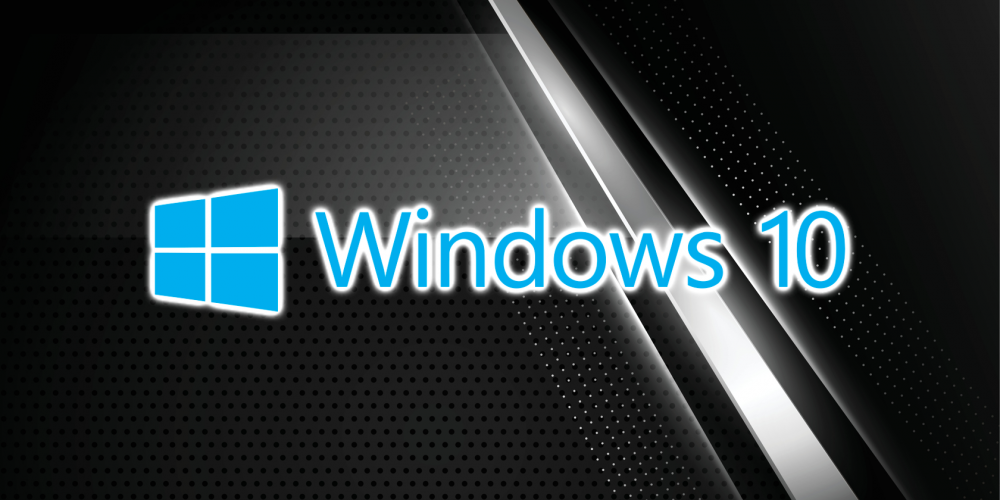
How To Check The Health Of Your Windows 10 PC Or Laptop
How To Check The Health of Your Windows 10 PC or Laptop
As with your own health, it's critical to look after your Windows 10 computer. The most accurate way to determine the health of your computer is to run various reports, such as those generated by Windows Security and Performance Monitor.
Here's how to perform a comprehensive PC health check and then use the resulting reports to determine how well your hardware is performing, as well as some tips and resolutions for any specific issues that may need to be addressed.
How To Check Your Computer's Health Using Windows Security
If you're looking for a quick, graphical overview of your system's health, Windows Security can help. To begin, conduct a system search for Windows Security.
Once the window has been opened, click Device performance and health. The health report section is divided into distinct sections, each of which highlights any issues and their resolution.
Windows Security scans in the background on a regular basis, as indicated by the Last scan date, so there is no need to run this manually.
The health report includes the following sections:
Storage capacity: Determine whether your system has sufficient disk space to perform routine tasks such as Windows updates.
Battery life: Determine whether anything, such as your brightness settings, is reducing your battery life.
Applications and software: Check to see if anything installed requires updating or is malfunctioning.
Windows Time service: If your clock is out of sync or disabled, this can cause problems with your internet connection and other issues.
If all of these are acceptable, they will be highlighted in green. Otherwise, an amber check indicates that you can click to determine the nature of the issue and how to resolve it (with the ability to run an automatic troubleshooter in some instances).
How To Check the Health of Your Computer Using a Performance Monitor
Windows 10 includes the Performance Monitor utility, which is an advanced tool for monitoring disk, memory, and network usage. Perform a system search for Performance Monitor to launch it.
Performance Monitor generates two types of reports: System Diagnostics and System Performance.
To construct these:
1. Expand Data Collector Sets > System in the left-hand pane.
2. Start both System Diagnostics and System Performance by right-clicking on them.
3. Each report takes approximately one minute to complete. Once completed, they can be accessed via Reports > System. The report titles include the date on which they were generated.
How To Check Battery Health With a Sleep Study
If your system supports the sleep state, you can run a report to determine the health of your battery and its usage. This is beneficial for identifying apps or devices that are consuming excessive amounts of power, possibly unnecessarily.
You can run it on a desktop computer to check your computer's power cycle, but it's clearly more useful for laptop users. For those individuals, the report can be beneficial in illustrating the number of cycles your battery has experienced, which is the number of times the battery has gone from dead to full charge.
To begin, you must open a Command Prompt with elevated privileges. Click Command Prompt by pressing Windows key + X. (Admin).
Because the Sleep Study is not a readily accessible utility on your computer, we can generate an HTML file of the report using a command. To do so, type the following into the Command Prompt:
powercfg /SleepStudy /output %USERPROFILE%\Desktop\mysleepstudy.html
This will create a file named mysleepstudy.html on your Desktop. You are free to modify the command to use a different file path or name.
The Sleep Study will by default cover the previous three days. To specify the number of days, enter the following command, replacing DAYS with a number between 1 and 28:
powercfg /SleepStudy /output %USERPROFILE%\Desktop\mysleepstudy.html /Duration DAYS
Navigate to your Desktop and double-click the file to open it in your web browser and view your Sleep Report.
The report contains information about your machine and battery, as well as a battery drain chart and information about each standby session. You can see the duration of each session, the amount of energy consumed, and the amount of time spent in a low power state.
The report identifies the top five battery drainers, but this should be interpreted cautiously. High usage is not always a bad thing; it all depends on what you were doing during that session. For instance, installing Windows updates, playing music, or connecting Bluetooth devices all require an adequate battery.
How To Check The Health of a Wireless Network Using a Network Report
On Windows 10, you can generate a Wireless Network Report to view your system's wireless connection history for the last three days. This is an excellent way to determine how your connection is being used and identify potential problems.
Click Command Prompt by pressing Windows key + X. (Admin).
In the Command Prompt, type the following:
netsh wlan show wlanreport
This generates an HTML file. To view it, open Run by pressing Windows key + R, entering the following and clicking OK:
%ProgramData%\Microsoft\Windows\WlanReport\wlan-report-latest.html
This will open the report in a web browser on your computer.
The chart at the top summarizes the report's connection sessions. You can navigate to a specific section by clicking on a letter. The most critical are those highlighted in red, which indicate an error.
In addition, review the Disconnect Reasons table to determine why your network went down. This could be because you disconnected it, which is acceptable, but other possible causes can be listed here, such as a driver failure or an inaccessible network.
Courses and Certification
Windows Server 12 Course and Certificate
Windows OS Course and Certificate
Operating System Course and Certificate
Computer Fundamentals Course and Certificate
Computer Graphics Course and Certificate
Computer Logical Organization Course and Certificate
Computer Programming Course and Certificate
Wireless Communication Course and Certificate
Wireless Security Course and Certificate

